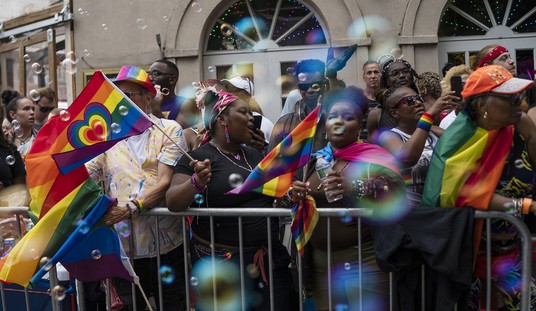The City of Los Angeles is considering a criminal justice measure that could have some benefits, but might not be appropriate in the way some seek to implement it. It is part of an effort to make the criminal justice system more just. But as with most progressive policies, it very well could to more harm than good.
The policy, known as “cite and release,” typically involves issuing tickets for low-level nonviolent offenses, instead of having officers arrest suspected offenders.
A play on the “catch and release” policy that involves releasing illegal immigrants into the country after they are apprehended by border authorities, cite and release is a legal practice that allows law enforcement officers to issue citations to individuals suspected of certain minor offenses instead of arresting them and taking them into custody. This policy aims to reduce the number of individuals who are unnecessarily incarcerated, especially for non-violent offenses, and to divert them away from the criminal justice system.
The main problem with what some in Los Angeles are advocating for is that they wish to include violent crimes in the policy. In a piece for City Journal, Soledad Ursúa wrote:
Calling overcrowding in Los Angeles County jails a humanitarian crisis, Hilda Solis and Lindsey Horvath, members of the L.A. County Board of Supervisors (BOS), introduced a motion to depopulate the jail system by making permanent the Emergency Bail Schedule—a pandemic-era policy that freed individuals held on bail for both felonies and misdemeanors.
The author continued, noting that the proposal would allow for cite and release to be used with people suspected of committing more dangerous offenses. “The motion also called for citing and releasing individuals with aggregate bail amounts set at $50,000 or below,” she wrote.
Ursúa continued:
According to the Los Angeles County Felony Bail Summary, bail for the following offenses fall under that threshold: possession of firearm by a felon, assault with a deadly weapon, assault with a firearm, assault with chemicals, extortion and criminal threats, burglary with explosives, recklessly causing a fire with great bodily injury, and vehicular manslaughter (i.e., driving a vehicle with gross negligence).
From where I sit, this is the glaring problem with what is being put forward.
Cite and release, in other areas, is typically used for minor offenses such as possession of small amounts of marijuana, disorderly conduct, and low-level property crimes. These offenses are often non-violent and do not pose a significant threat to public safety. By issuing citations instead of making arrests, law enforcement officers can avoid taking individuals into custody, which can be costly and time-consuming for both the police and the individuals involved.
The benefits of cite and release policies are numerous. For one, it reduces the burden on the criminal justice system by reducing the number of individuals who are arrested and booked into jail for minor offenses. This, in turn, saves taxpayers money that would have been spent on the costs associated with booking, processing, and incarcerating these individuals. Additionally, it helps prevent the overcrowding of jails and prisons, which can be a significant problem in many jurisdictions.
Cite and release also has a positive impact on individuals who are cited. By avoiding arrest and incarceration, these individuals can continue to work, care for their families, and otherwise maintain their daily lives. Additionally, it can prevent the long-term negative consequences of a criminal record, such as difficulties obtaining employment or housing.
Critics of cite and release policies argue that they can lead to a lack of accountability and may encourage individuals to commit offenses knowing that they will not be arrested. However, others argue that these policies do not lead to an increase in crime rates and can actually reduce recidivism by providing individuals with a second chance to change their behavior.
In theory, I have little problem with the cite and release policy as long as it is used for low-level nonviolent offense. I can especially support such a program when it is applied to behaviors that probably should not be crimes.
But the notion that a government would apply this policy to violent offenders is insane. If a person assaults another, they are violating their natural rights. Protecting these rights is the actual role of government. Those who are willing to cause physical harm to another should not receive this type of leniency, and I do not believe for a second that this policy would not encourage violent people to commit more violence.
As stated previously, this is yet another policy that might do some good. But as is often the case, adding an extra dose of progressivism tends to spoil the entire loaf. Including violent crimes in the policy will only lead to more violence. Hopefully, the rest of the council doesn’t buy into this silly – and dangerous – idea. But it is Los Angeles, so I won’t get my hopes up on this one.













